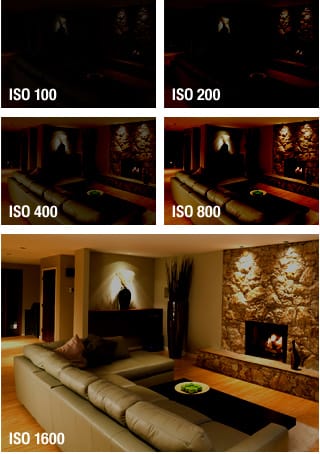Today’s post focuses on photography techniques that will help you use the shutter speed both effectively and creatively. We hope this article will provide you with inspiration for a new day of work.
Shutter Speed Photography Techniques
Before getting into detail and discussing more complex aspects of shutter speed photography, let’s go back to the basics and see what shutter speed is and why it is essential to know how to use it for high quality photos. Shutter speed refers to the length of time the camera’s shutter is open when capturing an image. Also called exposure time, the shutter speed is measured in fractions of a second and seconds. [Read more…]
















